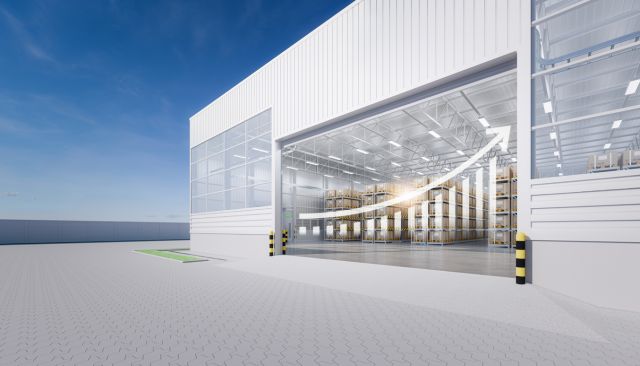Last week U.S President Trump announced that he was reinstating a 10% tariff on Canadian aluminum. Almost immediately, Canada responded, with Prime Minister Trudeau announcing that they would impose retaliatory tariffs on U.S. goods.
The U.S. last slapped an import tariff on Canadian steel and aluminum in 2018, but removed them last year as part of the USMCA, which is now in force. In retaliation, Canada imposed $16.6 billion in tariffs on U.S. products, primarily focused on goods that would cause pain in electoral districts held by key Republicans.
Canada has yet to announce what goods will be subject to countermeasures this time. However, they may once again target products from Republican districts. That move would put pressure on the U.S., given the presidential election is only three months away. The new U.S. tariff will be in effect as of Aug. 16, and Canada will likely announce their retaliatory measures soon.
The tariffs between the U.S. and Canada comes at an unfortunate time. Experts state that reinstating tariffs during the ongoing COVID-19 pandemic will make it even harder for businesses to recover economically.
What the tariffs mean is that certain goods are going to be 10 percent more expensive. Companies have a few different ways they can respond. They can take the hit to their bottom line, ask their suppliers to take the hit, or pass the cost down to consumers. Whichever option they choose, the transportation and logistics industry will be caught in the middle.
One way the new tariffs could impact the industry is a reduction in freight moving across the border. The U.S. is the largest importer of Canadian aluminum, and rising prices are sure to slow down aluminum freight. Cross-border truck traffic has been dropping for four consecutive weeks now, and new tariffs could see this continue. As prices increase, U.S. manufacturers may find alternative sources for aluminum, hurting cross-border trucking companies. A dip in demand could ripple through the transportation and logistics industry, impacting rates and capacity for carriers in both countries.
The good news is that the transportation and logistics industry has already faced this hurdle back in 2018. The new tariffs also are not expected to last long. The U.S. is quickly approaching election time, and many believe the aluminum tariffs could be a way to pressure Canada about dairy imports.
While the impact on the industry may be short-term and minor, the tariffs underscore the importance of having a diversified supply chain. Carriers that service many different sectors will be more resilient to unexpected challenges such as tariffs and trade wars. For now, the industry can only prepare and wait to see what happens.



